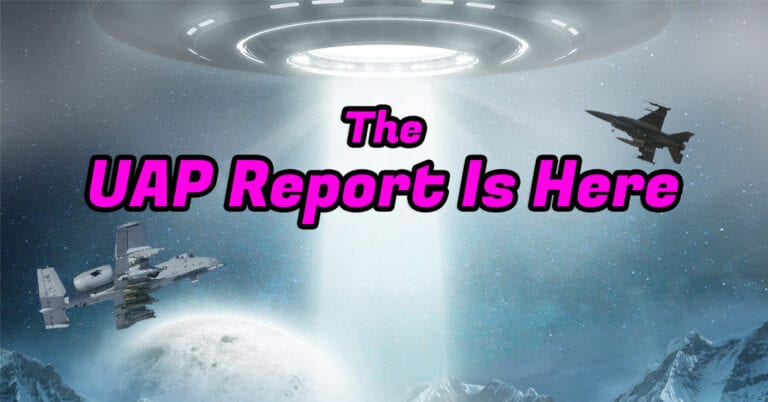
With the implementation of this new mechanism for reporting UAP incidents in mind and the focus of the UAPTF within this period, one thing this appears to convey is that there must have been a fair number of UAP incidents logged within the last two years-perhaps dozens of them-which the UAP Task Force considered both worthy of examination, and also could not resolve or explain. Navy in March 2019, and thereafter also adopted by the U.S. Hence, with several days of stewing over all this now behind us, it’s time to take a look at what the UAP Task Force report really says, as well as what it doesn’t tell us about the government’s studies of unidentified aerial phenomena.Ģ004 to the Present, or Really Just the “Tic Tac” and the Last Couple of Years?Īccording to the document, “the UAPTF concentrated its review on reports that occurred between 20, the majority of which are a result of this new tailored process to better capture UAP events through formalized reporting.” This “new tailored process” that the authors of the report are describing began with the establishment of a standardized reporting structure for UAP first implemented by the U.S. Granted, there are a few noteworthy takeaways. In just nine pages, the report tells us… well, actually very little that we didn’t already know. While significant on several counts, this assessment was far from being a landmark in the furtherance of our ideas about the topic, and if anything, it leaves us with more questions than answers.Īmong these had been questions like, “what kinds of reports did the government actually examine?” Despite the citation of 144 incidents involving possible UAP that were analyzed, the report provides no specific details about any of these encounters only general conclusions based on the broader analysis of data the UAP Task Force collected and analyzed.Īnother question on our minds has not only to do with how much our government actually knows about UAP, but also what they know about the subject’s history, which comprises more than half a century of the study of what were once commonly known as UFOs (before the government decided it was necessary to launch a rebranding campaign and give them a makeover).įor many, the report’s release was less like a mic-drop, and a lot more like a signal drop. Responses to the big release have varied, although most would generally agree that the public version of the report produced by the UAP Task Force left much to be desired. It has now been almost a week since a long-awaited government report on unidentified aerial phenomena was delivered to the Office of the Director of National Intelligence. Be on the lookout for more recent stories from us at the end of this newsletter… and with that, it’s time we reduce the signal-to-noise ratio, and take a look at what the government’s recent report on unidentified aerial phenomena really says.

Also, Chris Plain weighed in on the DoD’s response following the release of the report… and in non-UAP related news, we have an “alien-inspired” antigravity concept in the works, analysis of Chinese military policy, new research on how long it would take to conquer the galaxy, and much more. Shortly after the public version of the report appeared online, this reporter teamed up Tim McMillan for our own preliminary assessment of the report, followed over the weekend by an in-depth analysis McMillan offered which weighed scientific and intelligence components of the report.

Of course, in recent days The Debrief team has been busy with reporting and analysis on all of this. Welcome to this week’s Intelligence Brief… on the heels of last week’s big release of the UAP Task Force report providing its preliminary assessment of unidentified aerial phenomena, this week we will turn a critical eye toward the report, and examine 1) what the actual timeframe and apparent scope of the study reveals, 2) how this study compares to past studies of unidentified aerial mysteries, 3) discussion about a threat potential from UAP and its assessment, and 4) where we go from here with the future of UAP studies.


 0 kommentar(er)
0 kommentar(er)
